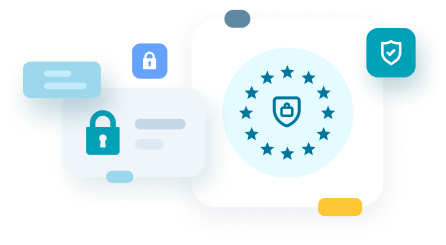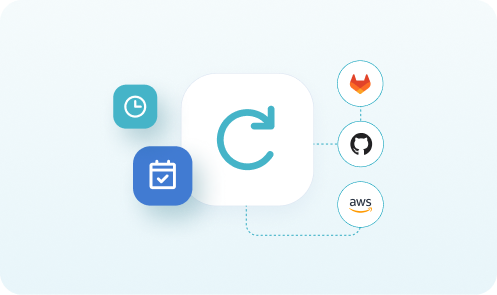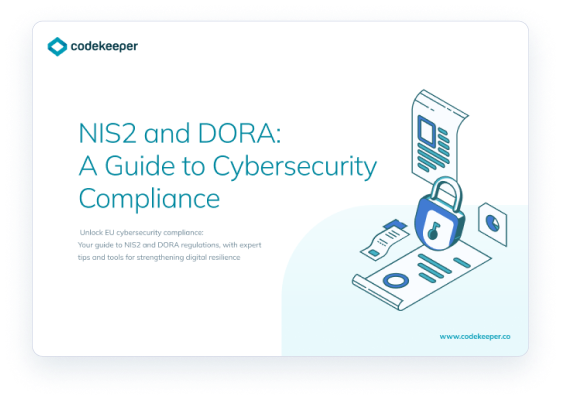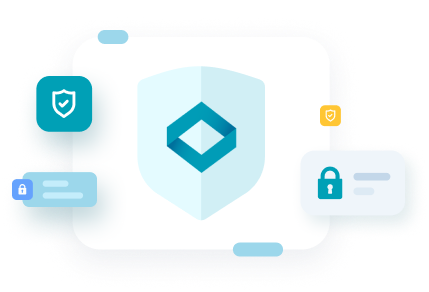


The NIS2 Directive Explained
What Is NIS2?
The Network and Information Systems Directive 2 (NIS2) is a stringent regulation that requires vital sectors to improve their cybersecurity measures, incident response plans, and reporting mechanisms. Its mission? To create a high common level of cybersecurity across the EU, keep essential services running, and protect the economy (and society) from cyber incidents.

Here are four critical points of NIS2 you need to be aware of:
Covers more sectors: NIS2 applies to industries like energy, transport, health, digital services, government, wastewater, financial markets, and social networks.
Stricter rules: Organizations must take specific actions to mitigate risks and report major cyber incidents. This includes managing risks from suppliers and staying resilient against cyber threats.
Larger penalties: NIS2 has stricter checks—especially for essential entities. They’ll face active oversight. The directive imposes significant fines for non-compliance to ensure organizations take their cybersecurity obligations seriously.
Unified reporting protocols: The law standardizes incident reporting across the EU. These protocols make sharing and handling information easier while enhancing the collective response to cyber threats.
Who Needs to Comply With NIS2?
NIS2 divides entities into two groups: “essential” and “important.” Compliance obligations apply to both, though essential entities must follow stricter rules.
NIS2 is relevant to the following sectors:
Essential Companies
Energy Supply
Transport
Banking and Financial Market Infrastructure
Healthcare
Digital Infrastructure (including communication networks, data centers, and cloud providers)
Drinking Water Supply
Waste and Wastewater Treatment
Government
Space
Banks and Credit Institutions
IT Service Management (B2B)
Important Companies
Postal and Courier Services
Waste Management
Food Companies
Production, Processing, and Distribution of Chemicals
Manufacturing of Medical Devices, Machinery, and Transport Equipment
Digital Providers (e.g., online marketplaces, search engines, and social media)
Research
Note: NIS2 likely applies to your organization if it operates in a listed sector and meets either of these criteria: at least 50 employees or an annual turnover or balance sheet total of €10 million or more. Promptly assess your current cybersecurity measures and adjust your compliance strategies to align with NIS2 mandates.
Check if NIS2 Affects You6 Key NIS2 Requirements
NIS2 requires organizations to:

Manage risks
Implement comprehensive risk management practices and policies to handle cybersecurity risks.

Secure supply chains
Manage cybersecurity risks from suppliers and make sure they follow security standards.

Respond to incidents
Establish and maintain appropriate mechanisms to find, respond to, and recover from cybersecurity incidents.

Ensure business continuity
Develop and test business continuity and disaster recovery plans to ensure service resilience during a cyber incident.

Report incidents
Report significant cyber incidents to relevant national authorities.

Protect the digital infrastructure
Take extra steps to secure critical digital services that society and the economy need.
How to Prepare for NIS2 Compliance
To prepare for and meet the NIS2 directive’s requirements, follow these steps:
1Determine if your entity is “essential” or “important” under NIS2.
2Do a gap analysis. Compare your current cybersecurity practices against NIS2 requirements. Also, identify and address policy, procedure, and technology gaps.
3Conduct comprehensive cybersecurity risk assessments. Then, develop strategies for incident response and business continuity.
4Revise your cybersecurity policies to align with NIS2. Cover incident reporting, supply chain security, and system resilience.
5Implement potent technical and organizational safeguards. Secure hardware/software, leverage encryption, and enhance access control.
6Refine your plans for swift cyber incident mitigation and establish protocols for timely reporting.
7Facilitate regular cybersecurity and NIS2 awareness sessions to train staff. Also, clarify employee roles in compliance and incident response.
8Assess third-party cybersecurity risks. And mandate NIS2 compliance in service provider contracts.
9Conduct regular NIS2 compliance checks. Use your findings to continuously improve security measures.
10Consult cybersecurity specialists for compliance strategies. Also, integrate frameworks like ISO 27001 to align your practices with international standards.
How Codekeeper Supports Your NIS2 Compliance Efforts
We’ll be honest. Complying with NIS2 won’t be easy. But we can help.
Codekeeper offers solutions that can significantly reduce your workload and help you address several essential NIS2 requirements:

Data Backup and Recovery
Our disaster recovery and escrow solutions securely store your critical code and data. If there’s an incident, you can quickly restore your systems.
We also provide disaster recovery planning to help you recover from cyberattacks.
Supply Chain Security
We designed our SaaS escrow for cloud applications. It keeps your software running—even if your supplier has issues.


Security and Compliance
We use encryption and timestamping to verify your stored data is authentic and unchanged.
Plus, we’re ISO 27001 compliant.
Flexible Agreements
Our base agreements are legally sound and compliant with regulations.
You can customize these agreements to fit your needs, like defining release conditions or specifying beneficiaries.


Assess, Plan, Implement: Your Guide to NIS2 Compliance
Our comprehensive ebook breaks down how NIS2 affects your organization and provides practical guidance to help you meet its requirements. Download the guide now for a detailed overview of the key compliance steps you need to take.
Get your free ebook now!

“Ransomware and other cyber threats have preyed on Europe for far too long. We need to act to make our businesses, governments, and society more resilient to hostile cyber operations”
– lead MEP Bart Groothuis
NIS2 vs. DORA: Key Differences and How They Affect You
This infographic breaks down the key differences and similarities between NIS2 and DORA. You can use it to identify your regulatory obligations and plan your compliance strategy.

Both regulations aim to strengthen Europe's digital defenses. Understand your obligations and act now.
NIS2
-
Is NIS2 mandatory?
- Yes, NIS2 is mandatory for all “essential” or “important” entities in sectors like energy, transport, banking, and healthcare.
-
How does NIS2 build on the original NIS directive?
- NIS2 broadens the scope of the original directive, expands the range of entities covered, strengthens security requirements, enhances supply chain security, and pushes for stricter incident reporting laws.
-
How will NIS2's regulations be monitored and enforced?
- Member States are responsible for implementing and enforcing NIS2. This may involve establishing national competent authorities to oversee compliance and impose sanctions for non-compliance.
-
How does NIS2 relate to other EU cybersecurity policies?
- NIS2 complements other EU policies and regulations, like the General Data Protection Regulation (GDPR). Together, they work to ensure a comprehensive cybersecurity framework across the EU.
-
Which basic measures does the NCSC recommend?
- The National Cyber Security Centre (NCSC) recommends basic measures such as effective access control, secure configuration, network security, malware protection, and patch management.


Codekeeper's Customized Compliance Solutions for Your Business
We understand that compliance isn’t one-size-fits-all. That’s why we offer:

- Needs assessments: We evaluate your IT infrastructure, risk profile, and vendor networks to identify compliance gaps.
- Scalable disaster recovery: Our solutions adapt to your specific recovery objectives.
- Customized escrow agreements: We tailor escrow agreements to address supply chain security and vendor oversight requirements.
- Ongoing support: Our team is available 24/7 and can guide you as regulations evolve.



